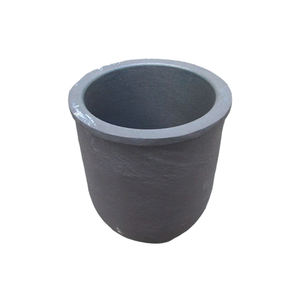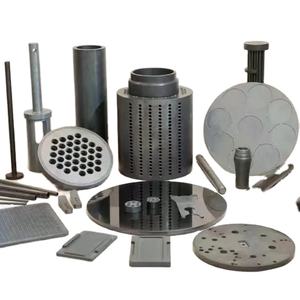Professional industry ceramic supplier, silicon nitride, silicon carbide, aluminum nitride and any other kinds of ceramics.
PRODUCT PARAMETERS
Description
Overview of Widely Used Pressure Free Sintered Silicon Carbide Alumina Ceramic Rod Ceramic Shaft
Widely Used Pressure Free Sintered Silicon Carbide Alumina Ceramic Rod Ceramic Shaft ceramics are a class of ultra-high-performance materials known for their exceptional thermal conductivity, outstanding mechanical properties, and superior chemical stability. They excel in the most demanding environments involving extreme temperatures, wear, and corrosive agents. This combination of properties makes SiC ceramics indispensable for advanced applications in aerospace, energy, automotive, and industrial processing.
Features of Widely Used Pressure Free Sintered Silicon Carbide Alumina Ceramic Rod Ceramic Shaft
-
Exceptional Thermal Conductivity: Facilitates excellent heat dissipation, outperforming many metals and most other ceramics.
-
High-Temperature Strength: Maintains remarkable mechanical strength and creep resistance at temperatures up to 1650°C.
-
Superior Wear & Abrasion Resistance: Offers extreme hardness, making it ideal for wear-prone components like seals, nozzles, and liners.
-
Excellent Chemical Inertness: Highly resistant to oxidation and attack by acids, alkalis, and molten metals.
-
High Thermal Shock Resistance: Withstands rapid temperature changes without cracking or degrading.
-
Semiconductor Properties: Used extensively in high-power, high-frequency electronic devices.
Specification of Widely Used Pressure Free Sintered Silicon Carbide Alumina Ceramic Rod Ceramic Shaft
Pressure-free sintered silicon carbide alumina ceramic rods are tough parts for demanding jobs. They are very hard, almost as hard as diamond. This hardness makes them highly wear resistant. They last a long time even in abrasive conditions. These rods withstand high temperatures easily. They handle heat well; corrosion resistance is also excellent. Acids and bases don’t damage them easily. The material is dense and strong. Its structure is fine and uniform. This gives good mechanical strength. The rods are stiff; they don’t bend much under load. They maintain their shape under pressure. Surface smoothness is often very good. This reduces friction where parts slide. Low thermal expansion is another key point. Size changes little with temperature shifts. Electrical insulation properties are good. They do not conduct electricity. These features make them reliable in harsh settings.
Common uses include semiconductor manufacturing equipment. They work in high-heat furnace parts. Pump seals and bearings often use these rods. Chemical processing plants rely on them. They are found in mechanical seal faces. Wire drawing guides benefit from their hardness. Wear plates in industrial machinery use them. They perform well where metals would fail. Extreme environments are suitable for these ceramic shafts. Their durability saves replacement costs. Downtime is reduced. Consistent performance matters for these applications. Engineers choose them for reliability.
Applications of Widely Used Pressure Free Sintered Silicon Carbide Alumina Ceramic Rod Ceramic Shaft
These ceramic rods and shafts are made from silicon carbide and alumina. They are sintered without pressure. This makes them very strong and durable. They are useful in many tough places. Regular materials often fail there.
They handle extreme heat very well. They work fine in furnaces and kilns. You can use them near flames or hot gases. They keep their shape and strength. This is important for thermal processing equipment.
They resist chemical attack strongly. Acids and alkalis do not harm them easily. This makes them good for chemical plants. They are reliable for pumps and valves handling corrosive liquids. They last much longer than metal parts.
Their hardness is very high. They resist wear and abrasion extremely well. This is vital for machinery parts. They work in bearings, bushings, and seals. They reduce friction and wear in moving parts. This extends equipment life.
They are excellent electrical insulators. You can use them in high-voltage environments. They work safely in electrical systems. They help isolate components.
They are very light compared to metals. This helps in high-speed applications. They reduce vibration and stress. You see them in precision instruments and aerospace parts. Their stability is key for accurate performance.
Company Profile
Tanki New Materials Co.Ltd. focus on the research and development, production and sales of ceramic products, serving the electronics, ceramics, chemical and other industries. Since its establishment in 2015, the company has been committed to providing customers with the best products and services, and has become a leader in the industry through continuous technological innovation and strict quality management.
Our products includes but not limited to Aerogel, Aluminum Nitride, Aluminum Oxide, Boron Carbide, Boron Nitride, Ceramic Crucible, Ceramic Fiber, Quartz Product, Refractory Material, Silicon Carbide, Silicon Nitride, ect. please feel free to contact us.

Payment Methods
T/T, Western Union, Paypal, Credit Card etc.
Shipment Methods
By air, by sea, by express, as customers request.
5 FAQs of Widely Used Pressure Free Sintered Silicon Carbide Alumina Ceramic Rod Ceramic Shaft
What are sintered silicon carbide alumina ceramic rods?
These rods are high-performance ceramic components made using pressure-free sintering. This method creates strong, dense silicon carbide alumina structures without high pressure. The result is a material with excellent thermal stability and mechanical strength.
How much heat can these ceramic shafts handle?
Our ceramic rods withstand temperatures up to 1600°C. They keep their shape and strength even under intense heat. This makes them perfect for high-temperature furnaces and kilns.
Do these ceramic rods resist chemicals?
Yes. Sintered silicon carbide alumina offers outstanding chemical resistance. Acids, alkalis, and other harsh substances cause little damage. This durability protects the rods in corrosive environments like chemical processing.
Do I need to machine the ceramic rods after buying them?
No. The pressure-free sintering process delivers rods ready for immediate use. They meet precise size and tolerance requirements straight from production. You save time and avoid extra machining costs.
Are these ceramic shafts better than metal shafts for wear?
Yes. Silicon carbide alumina ceramic shafts resist wear much better than most metals. They last significantly longer under abrasive conditions. This reduces downtime and replacement frequency in demanding applications.
REQUEST A QUOTE
RELATED PRODUCTS
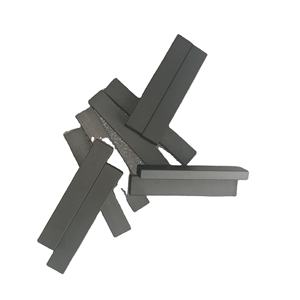
Ceramic Product Pressure Free Sintered Silicon Carbide Materials Ceramic Pipe
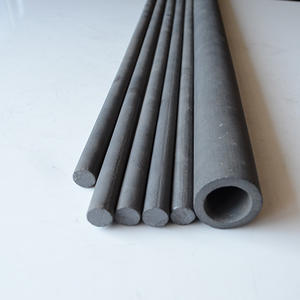
Hot Strength Silicon Carbide Ceramic Wear Lining Bricks Tubes for Mining Industry
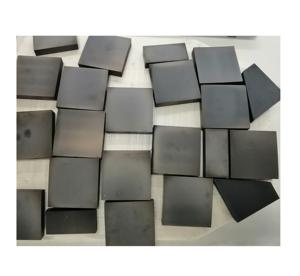
Pressure Free Sintered Silicon Carbide Materials Ceramic Shaft Sleeve Customized Ceramic Product
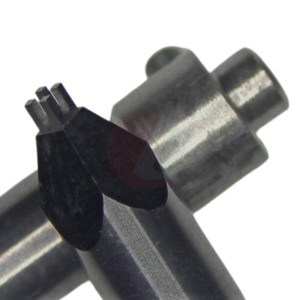
Ceramic Tubes Furnace Refractory Kiln for Porcelain Kiln Sic Ceramics 1380c Silicon Carbide Kiln Furniture Sic Beams

Sisic Beam Reaction Bonded Silicon Carbide Ceramics
